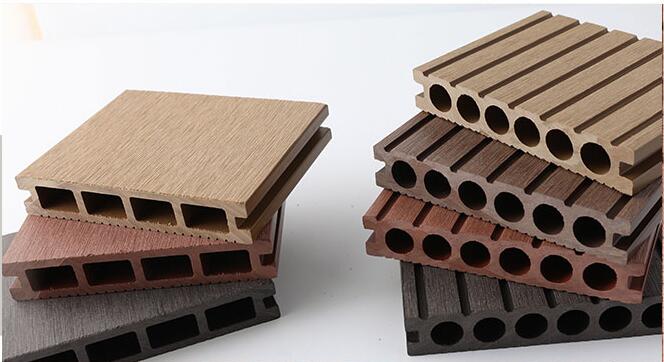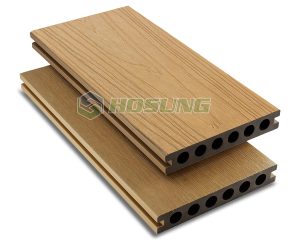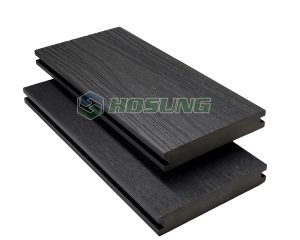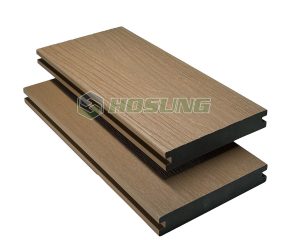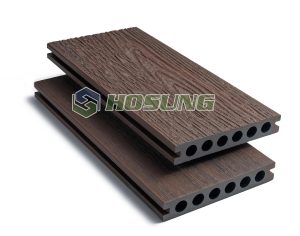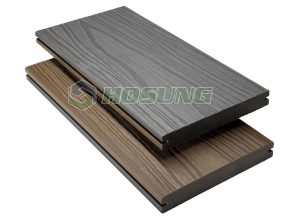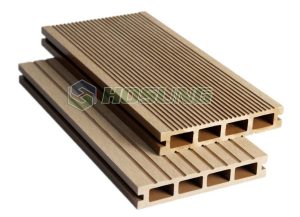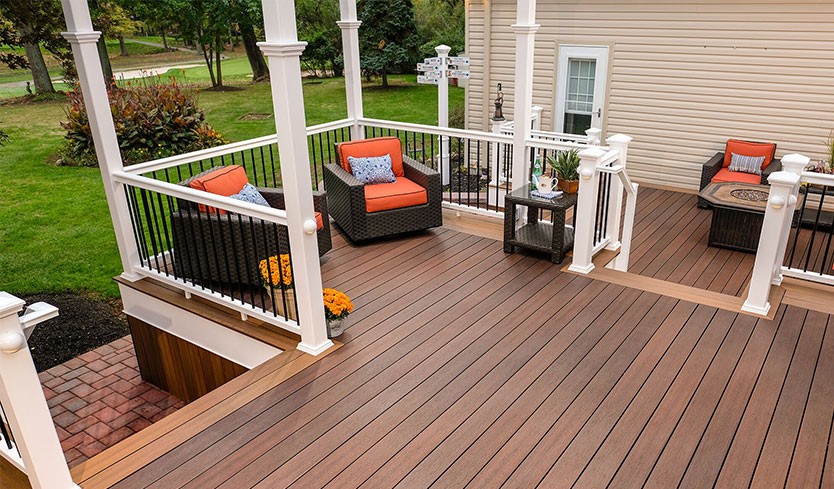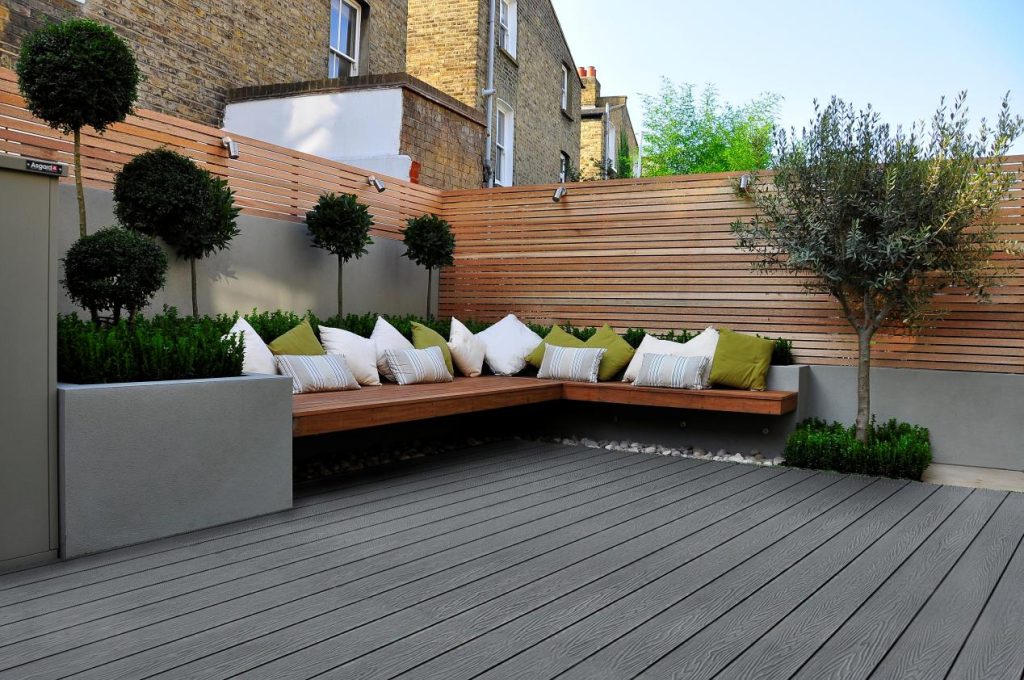Wood Plastic Composite (WPC) boards have become a preferred choice for bulk buyers and construction professionals seeking durable, low-maintenance, and eco-friendly materials. These boards combine the natural look of wood with the longevity and resilience of plastics, making them suitable for decking, fencing, wall cladding, and other large-scale projects. For bulk procurement, understanding the WPC board price list is essential to plan budgets, evaluate options, and make informed purchasing decisions. In this article, we provide a detailed guide on WPC board pricing, types, factors affecting cost, and considerations for large-scale orders.
Table of Contents
What Are WPC Boards?
WPC boards are manufactured by combining wood fibers or sawdust with thermoplastic materials such as polyethylene, polypropylene, or PVC. This mixture is often enhanced with stabilizers, UV inhibitors, and other additives to improve durability, color retention, and weather resistance.
Key features of WPC boards:
Water-resistant and rot-proof
Termite and insect resistant
Low maintenance and long-lasting
Eco-friendly using recycled wood and plastics
Available in a wide range of colors, sizes, and finishes
For bulk buyers, WPC boards offer the advantage of consistent quality, ease of transportation, and adaptability across various applications.
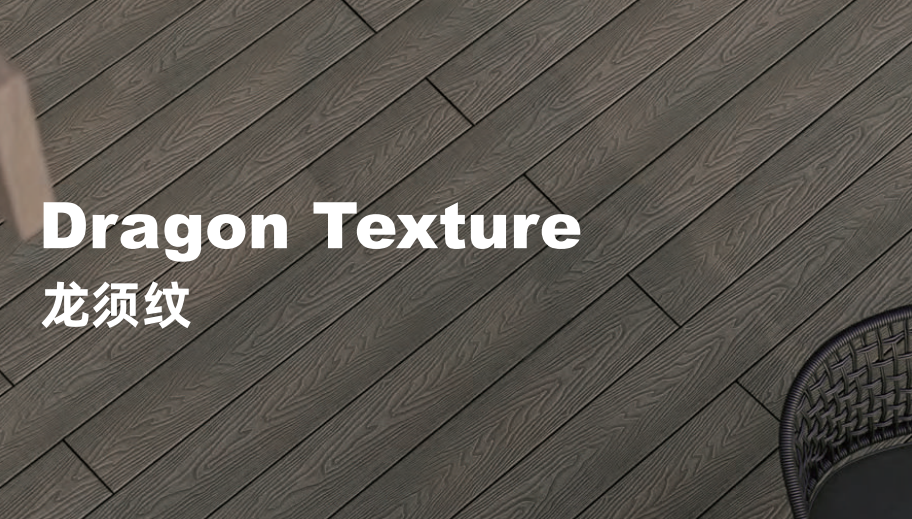
Why Bulk Buyers Choose WPC Boards
Bulk buyers typically look for materials that provide cost efficiency, long-term durability, and reduced maintenance. WPC boards meet these requirements and offer additional benefits:
Durability: Resistant to weathering, UV, and moisture, reducing replacement frequency.
Consistency: Manufactured to precise specifications, ensuring uniform size, color, and texture across large orders.
Eco-Friendliness: Made from recycled materials, helping procurement teams meet sustainability targets.
Low Maintenance: Eliminates the need for painting, sealing, or chemical treatment, saving time and operational costs.
Versatility: Can be used for decking, wall cladding, fences, and furniture, providing flexibility for different projects.
These advantages make WPC boards a smart investment for construction companies, real estate developers, and large-scale distributors.
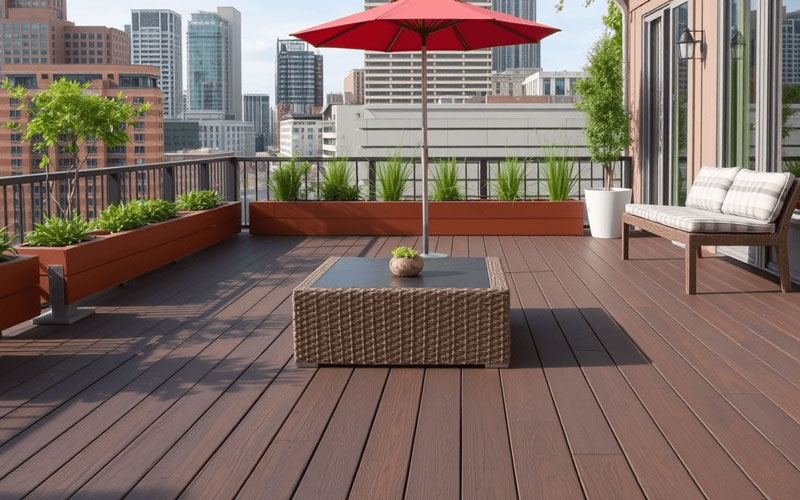
WPC Board Price List
Below is a comprehensive WPC board price list, providing indicative pricing for bulk procurement. Prices are presented in USD per square meter (m²) to help buyers plan budgets efficiently.
| Type of WPC Board | Thickness (mm) | Width (mm) | Surface Finish | Price (USD/m²) |
|---|---|---|---|---|
| Solid WPC Board | 20 | 140 | Smooth | 24 – 27 |
| Solid WPC Board | 25 | 140 | Embossed | 29 – 33 |
| Hollow WPC Board | 10 | 140 | Smooth | 11 – 14 |
| Hollow WPC Board | 12 | 145 | Embossed | 15 – 18 |
| Hollow WPC Board | 15 | 145 | Embossed | 18 – 22 |
| Decking WPC Board | 20 | 140 | Wood Grain | 27 – 31 |
| Decking WPC Board | 25 | 140 | Wood Grain | 32 – 37 |
| Wall Panel WPC Board | 8 | 120 | Smooth | 10 – 12 |
| Wall Panel WPC Board | 10 | 120 | Embossed | 13 – 16 |
| Fence WPC Board | 15 | 140 | Wood Grain | 19 – 23 |
| Outdoor Furniture WPC Board | 25 | 145 | Embossed | 31 – 36 |
| Special Profile WPC Board | 20 | Custom | Textured | 29 – 40 |
Note: Prices are indicative and may vary depending on order volume, region, shipping costs, and product specifications. Bulk buyers should request quotations based on total volume and delivery requirements.
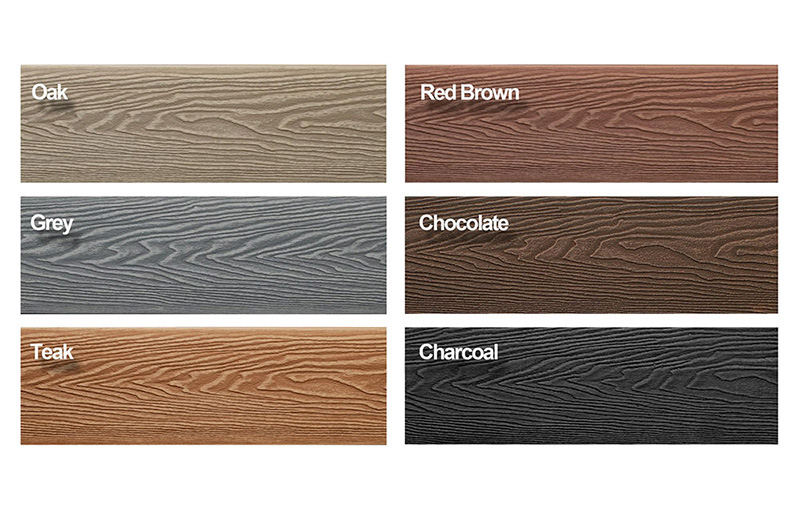
Factors Affecting WPC Board Prices
When planning a bulk purchase, several factors can influence the final price of WPC boards:
(1) Type of Board
WPC boards are available in:
Solid boards: High-density, durable, suitable for load-bearing structures such as decks or outdoor furniture.
Hollow boards: Lightweight, cost-effective, ideal for fences, wall panels, and decorative purposes.
Profiled boards: Specialized designs for interlocking decks or architectural applications.
(2) Board Thickness
Thicker boards are stronger and more durable but cost more due to higher material consumption. Standard thicknesses range from 6mm to 40mm.
(3) Surface Finish
Finishing affects both aesthetics and cost:
Smooth finish: Economical, easy to clean
Embossed or wood grain: Higher price for realistic wood appearance
Colored or coated boards: Additional pigments or protective layers increase production cost
(4) Material Composition
The wood-to-plastic ratio, type of plastic, and quality of wood fibers impact price and performance. Boards with higher wood content may offer better aesthetics but cost more.
(5) Size and Customization
Standard board lengths and widths are cost-effective. Custom sizes, special profiles, or longer lengths may increase the unit price.
(6) Order Volume
Bulk orders typically benefit from volume discounts, which can significantly reduce per-unit cost for distributors or large-scale projects.
Comparing Solid and Hollow WPC Boards
Bulk buyers often need to decide between solid and hollow boards depending on the intended application:
Solid Boards:
Higher density, stronger and more durable
Suitable for decking, stairs, furniture, and load-bearing structures
Higher price due to material volume
Hollow Boards:
Lightweight, easier to transport and install
Cost-effective for fences, wall panels, and decorative projects
Lower price per m²
Choosing the right type ensures project efficiency and cost optimization, especially for large-scale procurement.

Benefits of Bulk Purchasing WPC Boards
For distributors, contractors, and real estate developers, buying WPC boards in bulk has several advantages that go beyond simple cost efficiency, supporting large-scale project management and long-term planning:
(1) Cost Savings
Bulk orders often come with significant volume discounts, reducing the per-unit cost and overall project expenses. This enables procurement teams to allocate resources more efficiently and manage large budgets without compromising on material quality.
(2) Consistent Quality
Manufacturing boards in bulk ensures uniform color, texture, and dimensions across all units, minimizing variations that could affect the visual harmony and structural integrity of a project site, especially for large-scale installations.
(3) Supply Reliability
Securing a large quantity upfront reduces the risk of material shortages, delays, or production downtime. This is particularly important for time-sensitive construction schedules and projects with tight deadlines.
(4) Reduced Shipping Costs
Larger shipments are more economical per unit, especially when transporting boards over long distances. Consolidating orders also minimizes handling fees and reduces the environmental impact associated with multiple smaller shipments.
(5) Project Standardization
Using the same batch of boards for a project ensures consistent finish, color, and texture, which is critical for architectural aesthetics. Standardization also simplifies installation and reduces potential errors during assembly or alignment.
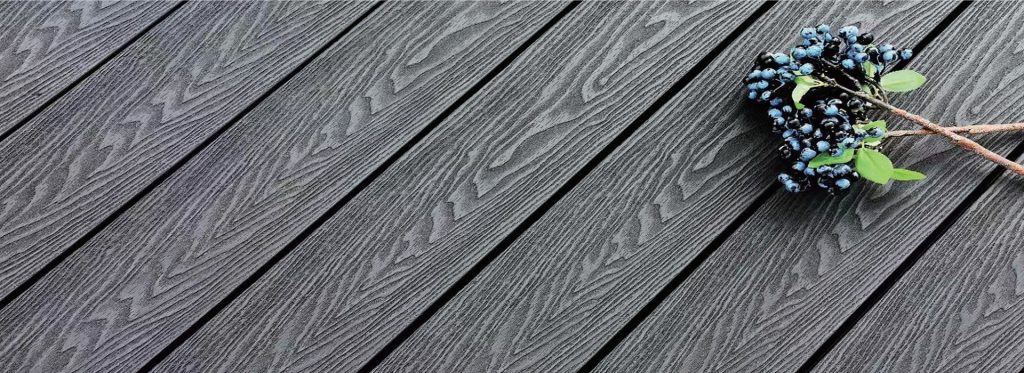
How to Select the Right WPC Boards for Bulk Projects
When planning a bulk procurement, consider the following:
(1) Application
Decking: Solid boards, 20–25mm thick, wood-grain finish for durability and slip resistance
Wall Panels: Hollow boards, 8–12mm thick, smooth or embossed for decorative effect
Fencing: Hollow or medium-thick solid boards with wood grain finish for privacy and aesthetics
Outdoor Furniture: Solid boards, 25mm thick, embossed surface for strength and visual appeal
(2) Climate Considerations
Select boards with UV resistance for sunny regions and enhanced water resistance for humid or rainy climates.
(3) Board Size and Finish
Choose board widths and lengths suitable for your project layout. Opt for smooth, embossed, or colored finishes depending on design preference.
(4) Supplier and Warranty
Ensure the boards are backed by warranty terms covering color stability, weathering, and structural performance. This is particularly important for bulk purchases, where long-term reliability is critical.
Price Comparison: WPC vs Wood and PVC
Bulk buyers often compare WPC boards with traditional materials to evaluate long-term value, maintenance requirements, and overall durability. Below is a comparative overview:
| Material | Cost (USD/m²) | Maintenance Cost (10 years) | Expected Lifespan |
|---|---|---|---|
| Solid WPC Board | 24 – 33 | Low – Requires only occasional cleaning with water or mild detergent; no painting or sealing needed | 20 – 25 years – Highly durable and resistant to weathering, UV, rot, and termites |
| Hollow WPC Board | 11 – 22 | Low – Minimal maintenance; ideal for non-load-bearing applications like fences and decorative panels | 15 – 20 years – Lightweight and durable, suitable for decorative or semi-structural use |
| Natural Wood | 15 – 25 | Medium to High – Needs regular painting, sealing, and protection against rot and insects | 10 – 15 years – Prone to warping, cracking, and decay over time without constant maintenance |
| PVC Board | 20 – 30 | Low – Requires occasional cleaning but may fade or discolor under strong UV exposure | 15 – 20 years – Resistant to moisture but may be less rigid than WPC for structural uses |
Observation: While WPC boards may have a higher initial cost compared to natural wood or some PVC boards, they offer long-term savings due to their minimal maintenance requirements, superior durability, and environmental sustainability. Over time, the investment in WPC boards can be more cost-effective for bulk procurement, especially for projects requiring consistent quality, weather resistance, and extended service life.
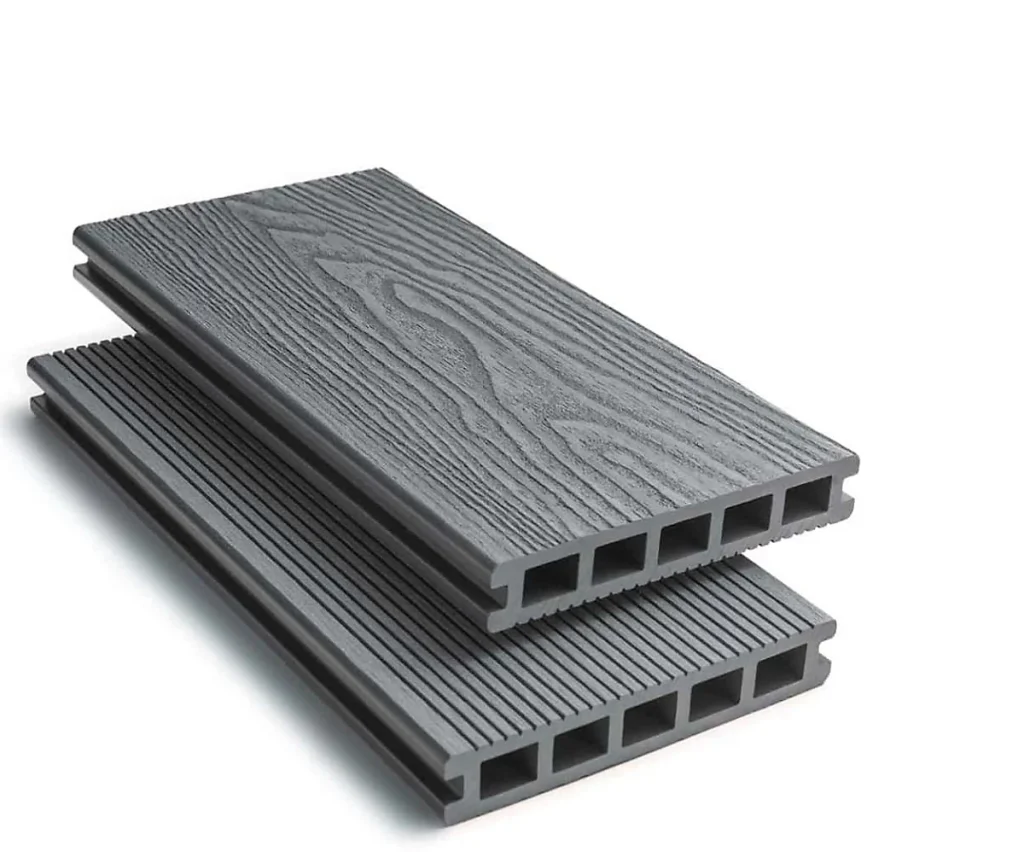
Tips for Bulk Buyers to Optimize Costs
Request Volume Discounts: Most suppliers provide better pricing for larger orders.
Select Standard Sizes: Avoid custom lengths unless necessary, as customization increases cost.
Plan Transportation Efficiently: Group shipments to reduce per-unit shipping expenses.
Consider Board Type: Use hollow boards for non-load-bearing applications to reduce costs.
Negotiate Payment Terms: For large orders, suppliers may offer flexible payment plans or deferred payment options.
These strategies help procurement teams maximize value without compromising on quality.
Installation Tips for Bulk Projects
Proper installation is essential to maximize the lifespan of WPC boards, especially for large projects:
Use compatible fasteners or clips designed for WPC boards.
Ensure adequate spacing for thermal expansion and contraction.
Provide solid foundations for decks or heavy structures.
Maintain proper drainage for outdoor applications to prevent water accumulation.
Consider hiring professional installation teams for large or complex projects.
Following best practices ensures your bulk purchase delivers consistent quality and long-term performance.

Conclusion
For bulk buyers, having a clear understanding of the WPC board price list is essential for budget planning, project design, and procurement efficiency.
Key points to consider:
Solid boards are ideal for structural and load-bearing applications, while hollow boards are cost-effective for decorative and non-structural purposes.
Prices are influenced by thickness, finish, board type, and material composition.
Bulk orders allow for volume discounts, consistent quality, and reduced shipping costs.
Investing in WPC boards may cost more initially than wood or PVC, but long-term savings from durability and low maintenance make it a smart choice.
By carefully reviewing the price list, evaluating project requirements, and considering climate, size, and finish, bulk buyers can make informed decisions that optimize cost, quality, and aesthetic appeal.
WPC boards provide a reliable, versatile, and environmentally friendly solution for modern construction and design projects. Whether for decking, fencing, wall cladding, or furniture, selecting the right boards ensures efficiency, durability, and a professional finish for large-scale projects.
Want to get price details of WPC boards? Welcome to contact Hosung WPC!

